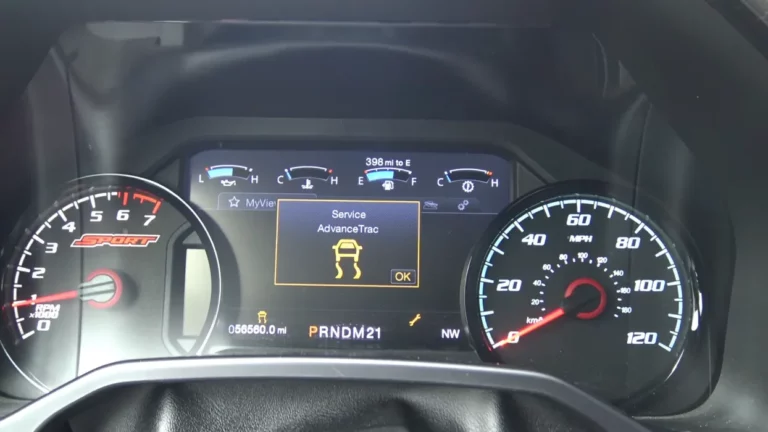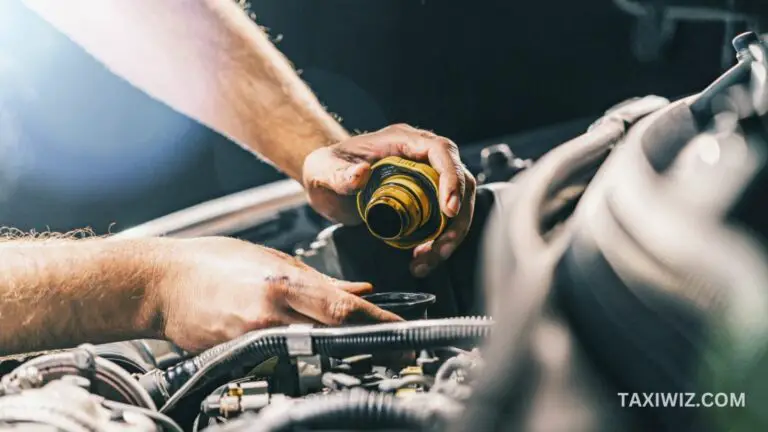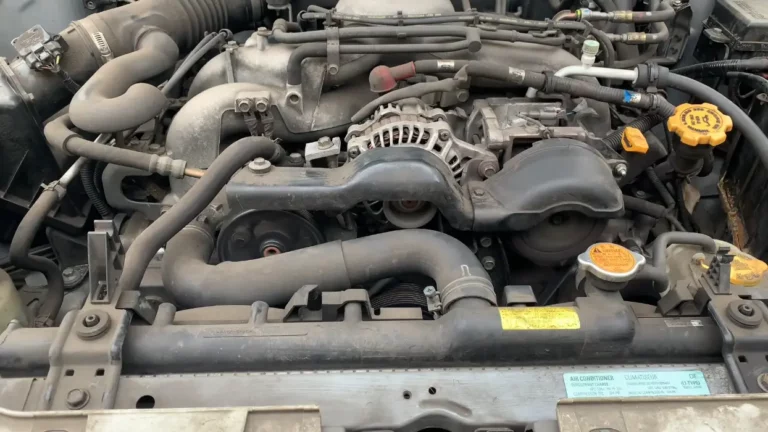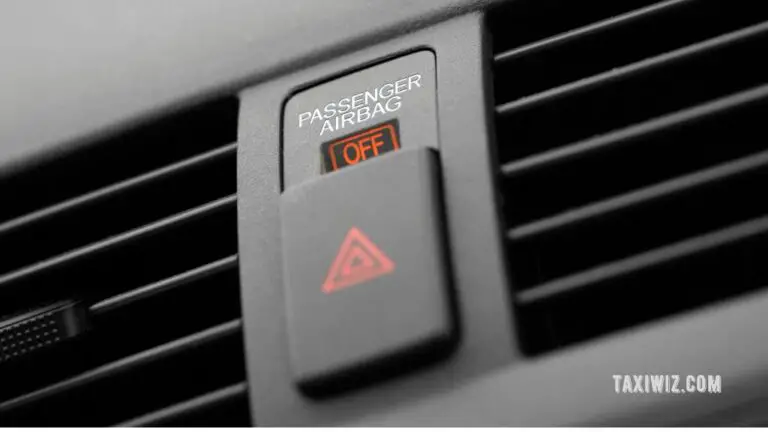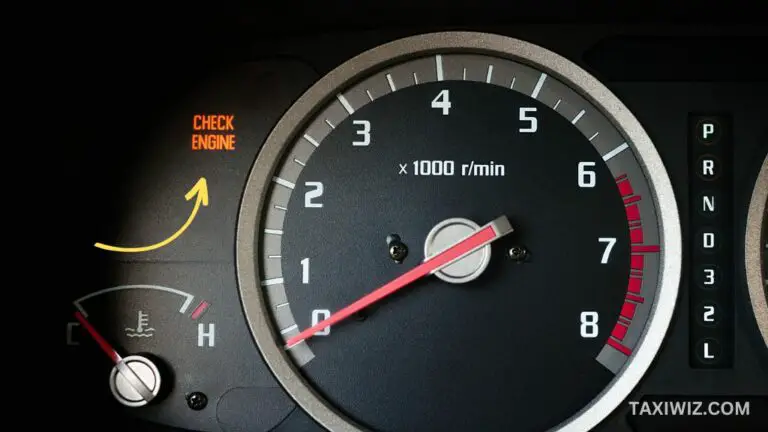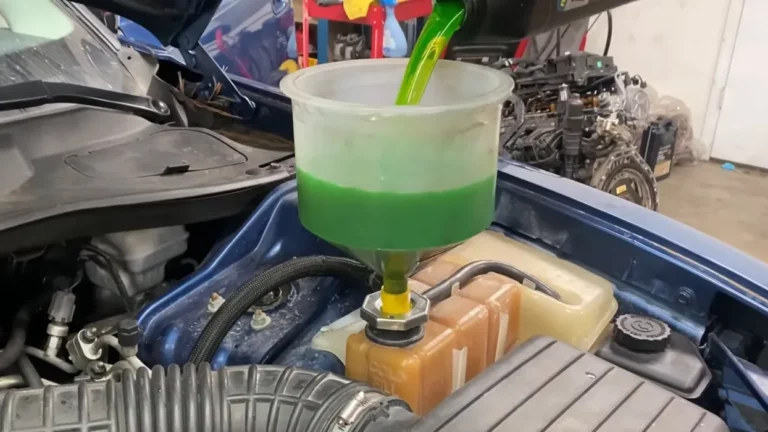Why My Car Temperature Gauge Is Over Halfway – Is It Normal?
If you’re driving your car and notice that the temperature gauge is over halfway, it can be a cause for concern. Overheating can lead to engine damage and other problems, so it’s important to take action as soon as possible.
We’ll discuss what you need to know about a car temperature gauge over halfway. This may include clearing the confusion of whether the temperature gauge going over halfway is normal or too hot and the causes of it. You will know what to do in such a situation and what the symptoms are as well.
So, keep on reading!
What Does It Mean When The Car Temperature Gauge Is Over Halfway?
Many get confused between the temperature gauge being cooler and normal. What it actually means is a matter that needs to be understood.
When the car temperature gauge is over halfway, it means that the engine is running hotter than normal. It is often considered as a normal condition of the temperature gauge. Which means it’s hotter than normal but not too hot.
Why Car Temperature Gauge Goes Over Halfway: 4 Reasons To Check
It can happen due to several reasons. But the most common ones are :
- Malfunctioning thermostat
- Faulty water pump
- Leaking radiator
- Low coolant level
The following are some frequent issues to be aware of. You will very certainly face more difficulties. Take the necessary measures if you discover any other issues.
Now we will briefly discuss each of the problems and their required solutions.
Cause 1: Malfunctioning Thermostat
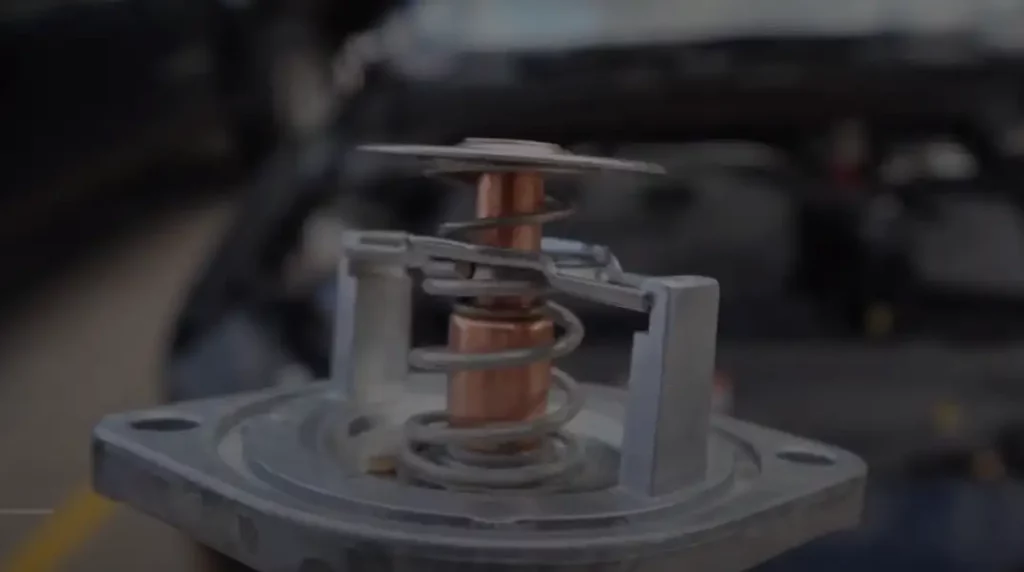
Your car’s thermostat is a part that manages the coolant flow to control the engine’s operating temperature. A malfunctioning thermostat can cause problems for your car, including a temperature gauge over halfway.
Symptoms
- An overheating engine is one of the most common symptoms of a malfunctioning thermostat. If it’s not functioning properly, it assists in engine overheating.
- The dashboard temperature gauge can give an indication of whether the thermostat is functioning properly or not. If the gauge reads too low or too high, it could indicate a problem with the thermostat.
Fix
Step 1: Turn off the engine and let it cool down. Never remove the radiator cap when the engine is hot, as it could lead to serious burns.
Step 2: Remove the radiator cap while the engine is idling. Be careful while removing the cap as the coolant could still be hot.
Step 3: Check the coolant flow to see if the thermostat is stuck open or closed. If the coolant flows immediately, it means the thermostat is stuck open. If it doesn’t flow, wait for the engine to warm up.
Step 4: If it doesn’t start to flow even after the engine has warmed up, it means the thermostat is stuck closed. It needs to be replaced.
You may watch this video to have a brief idea about thermostat, its work principle and failing thermostat symptoms.
Cause 2: Faulty Water Pump
A broken water pump can create a number of issues with your car’s engine. Wear and tear, leaks in the water pump, and debris inside the water pump all seem to be common causes.
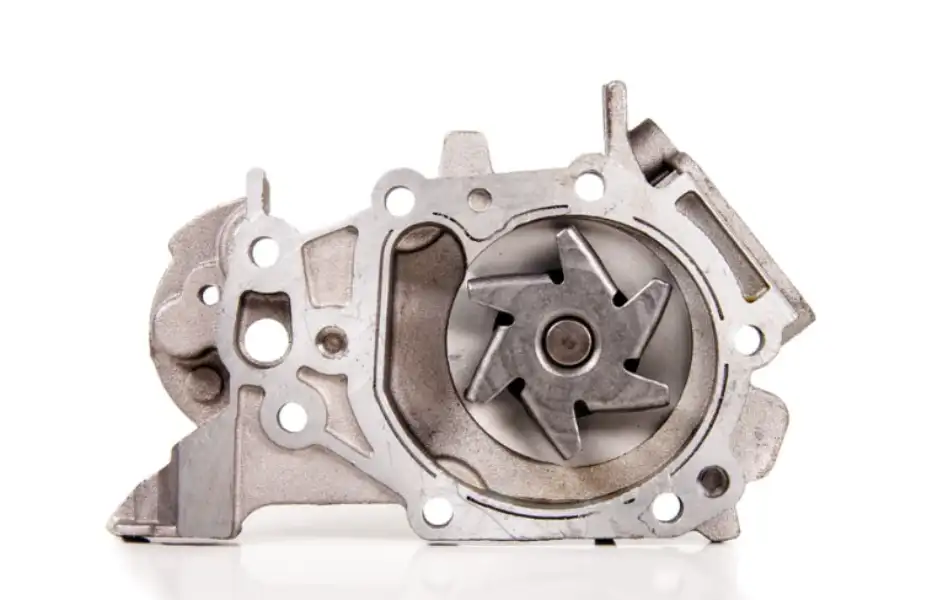
Symptoms
- A worn-out water pump can produce a high-pitched whining noise, especially at high speeds.
- If you see steam coming from under the hood, it may be a sign of a coolant leak caused by a faulty water pump. Although it is quite normal, it can be one of the potential symptoms.
- A malfunctioning water pump can also cause the engine to overheat.
Fix
If you suspect that your water pump is faulty, here are the steps you can take to address the issue:
Step 1: If you are replacing the water pump, it’s recommended to also replace the drive pulley to ensure optimal performance. Some water pumps come with the drive pulley already installed.
Step 2: Over-tightened belts can damage the water pump’s drive pulley and cause premature bearing or casting failure. If the belt tension is too tight, loosen or replace the belt and reset the tensioner.
Step 3: Inspect the pump for any signs of corrosion, such as leaking coolant. If detected, the water pump should be repaired or replaced.
Step 4: If the water pump is found to be faulty and cannot be repaired, it should be replaced. This is a complex task that may require special tools and expertise. So it’s recommended to have it done by a professional mechanic.
Read Also: Engine Temp Spikes and then Returns to Normal: Causes and Fixes
Cause 3: Leaking Radiator
A radiator leak can be caused by various reasons. These may include wear and tear, corrosion, damage from debris or road salt, or simply a manufacturing defect.
Symptoms
- A leaking radiator can cause the coolant level in the reservoir or radiator to drop. If you find yourself constantly topping up the coolant, it may be a sign of a leak.
- A leaking radiator can cause your engine to overheat, leading to engine damage or failure. You may notice your temperature gauge rising above the normal operating range or the engine temperature warning light turning on.
- If you see coolant dripping or pooling beneath your vehicle, it’s a clear sign of a radiator leak.
Fix
To repair a radiator leak, follow these steps:
Step 1: Locate the leak by visually inspecting for any signs of leakage or performing a pressure test on the cooling system.
Step 2: Drain the coolant from the cooling system by either removing the radiator drain plug or disconnecting the lower radiator hose.
Step 3: Use a clean cloth or rag to clean the area around the leak, which will make it easier to identify and fix.
Step 4: Fix the leak by using a radiator sealant for small leaks or by replacing damaged hoses or the radiator for larger leaks.
Step 5: Refill the cooling system with the appropriate ratio of coolant to water, following the manufacturer’s instructions.
Step 6: Start the engine and check the repaired area for any signs of leakage.
Read Also: AC Off Due To High Engine Temp Chevy Cruze (Causes & Fixes!)
Cause 4: Low Coolant level
Low coolant level is another cause of temperature gauge over halfway. And the causes are given below
- Leaking radiator or hoses
- Damaged head gasket
- Cracked engine block or cylinder head
- Overheating
When the coolant level drops too low, a warning light may be triggered due to a floating sensor in the coolant tank. It is often caused by leaks in the reservoir or somewhere in the lines.
Symptoms
- Engine overheating
- The coolant warning light illuminated
- Visible coolant leak under the vehicle
- Engine misfire or poor performance
Fix
You may follow the steps below to resolve the issue.
Step 1: When the coolant warning light comes on, stop your car and let the engine cool down for at least thirty minutes.
Step 2: Try to open the coolant reservoir or radiator cap while the engine is hot.
Step 3: Slowly open the coolant reservoir cap to release any remaining pressure.
Step 4: Once the pressure has subsided, remove the cap fully and check the level of the coolant.
Step 5: Top up the coolant as required to bring it to the correct level.
Step 6: Look for any obvious leaks in the coolant reservoir or hoses.
Step 7: If you notice any leaks, do not continue driving. Call your local garage or breakdown service for recovery.
Frequently Asked Questions (FAQs)
Don’t go away! We have something more to offer you.
Should I warm up my car before driving in cold weather?
It’s not necessary to warm up your car for an extended time before driving in cold weather. Simply let the engine idle for 30 seconds to a minute to allow the oil to circulate before driving.
What temperature can be considered dangerous for a car temperature gauge?
It depends on the car models and some other factors. But in general, more than 200 degrees Fahrenheit can be alarming for you. If this happens to your car, please have it checked by a mechanic.
Read Also: All Gauges Drop To Zero While Driving – Reason, Sign & Fixes!
Final Thoughts
If you notice that your car’s temperature gauge is over halfway, it is a cause for concern. It is important to take action immediately at that moment. Malfunctioning thermostats, faulty water pumps, and leaking radiators are the most common ones to cause this issue.
Regular car maintenance and promptly addressing any issues can help avoid costly repairs and ensure your car runs smoothly. If you encounter any of these problems, follow the steps outlined here. But it is always wise to contact a technician if you aren’t friendly in this sort of situation.

